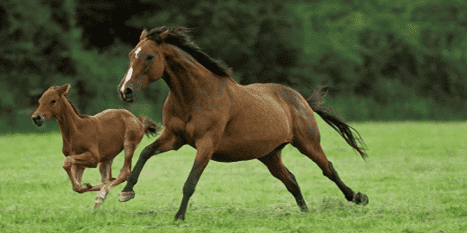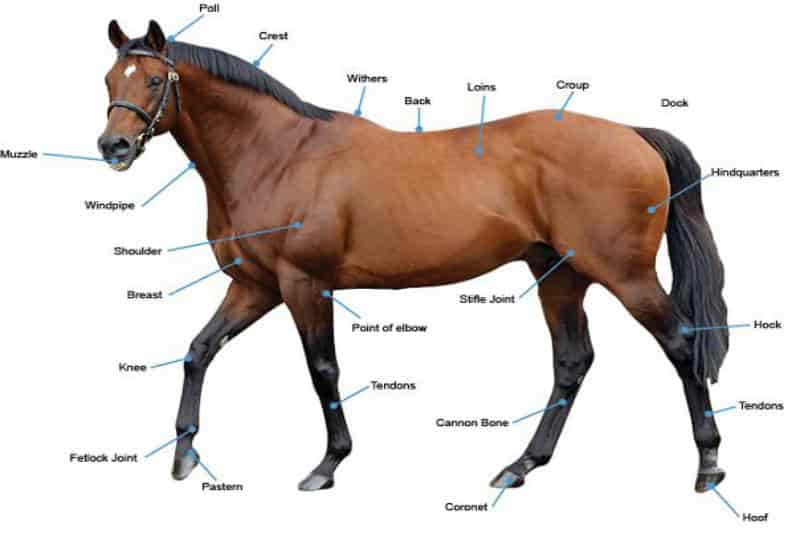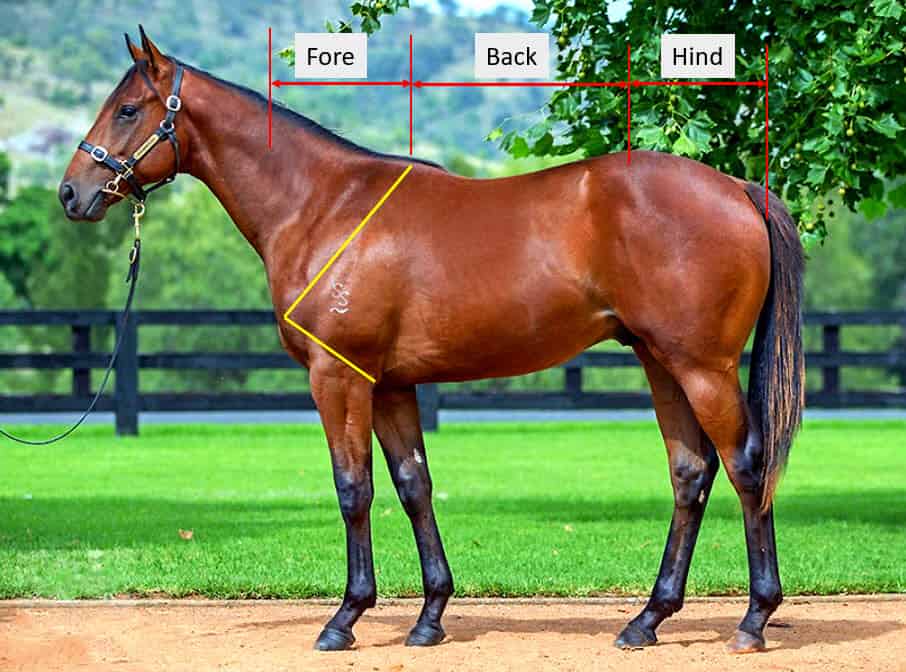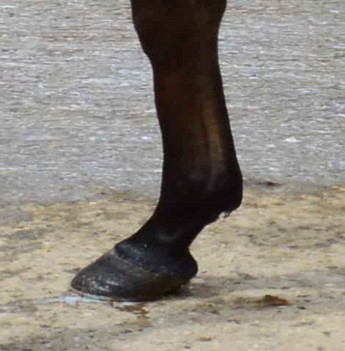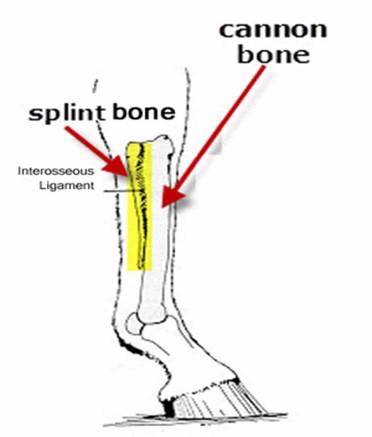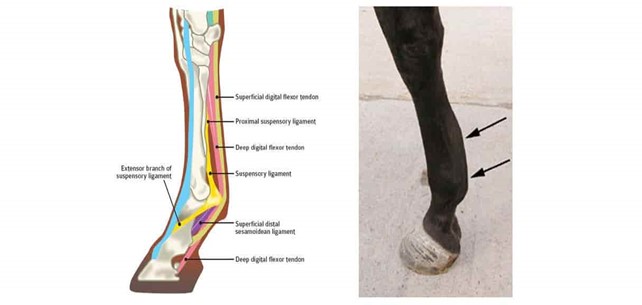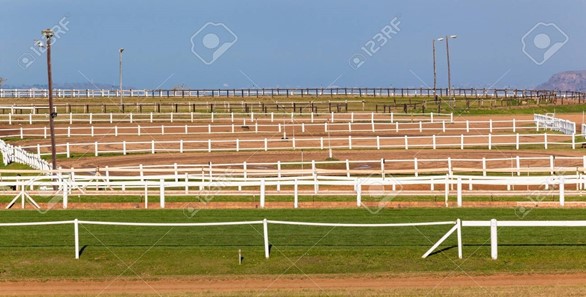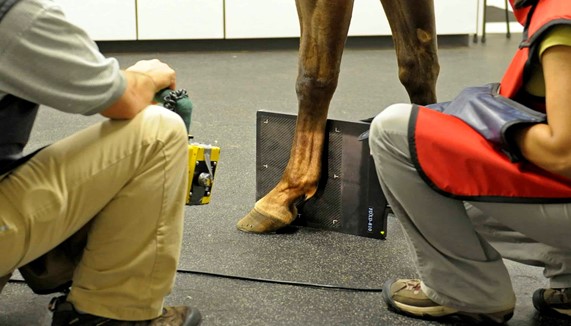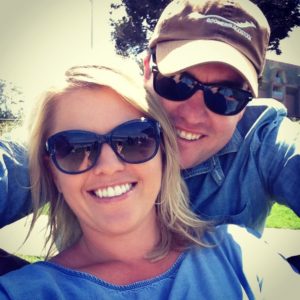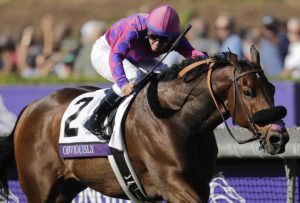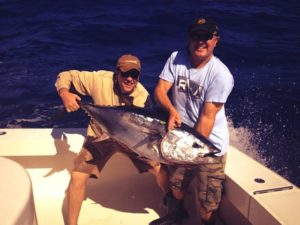Racehorse Syndication
Racehorse Syndication
Everything you must know about Racehorse Syndication
What is horse syndication?
Horse syndication is the process of selling shares in a racehorse. In the case of race horse syndication, the ownership of the horse is normally divided between two or more owners.
The horse racing syndicator firstly goes through the meticulous process (with his team) to identify a quality prospect suitable for racing. This prospect is then purchased.
Next Step, he collates and highlights all information related to the thoroughbred so the prospective customer can make an informed decision to whether they wish to secure a share in the race horse offered.
This information is then presented to the Public via many forms of Advertising Media – Newspaper, Social Media, Tv, Email, Mail etc .
The Racehorse Syndicator then makes an offer to all prospective customers interested in this racing this particular prospect.
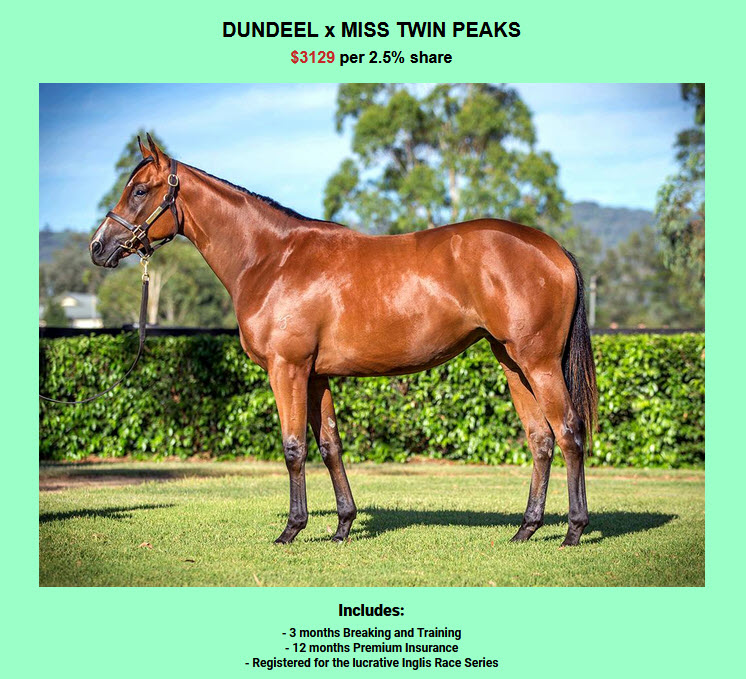
Once all owners are finalized, he will begin preparing all the paperwork for Registration and transfer the ownership of the horse to all owners whom have taken up the offer.
Horse racing syndicates Melbourne primary role is to connect people into competitive Racehorses.
Just like any Business, Racing can be a very profitable sport if you build a structured system and have the right team to execute.
Racehorse syndication in Melbourne will take care of all the hard work, management and processes to ensure you derive all pleasures and experience of owning a racehorse.
Racehorse syndication in Australia
In Australia, racehorse syndication is governed by the ASIC (Australian Securities and Investments Commission).
Only syndicators meeting the requirements of the ASIC are granted or allowed to operate under AFS license.
It is illegal in Australia, to offer shares to the public unless you are a licenced Syndicator,
For your financial protection and interests, ensure that you secure your share through a licensed horse syndicator.
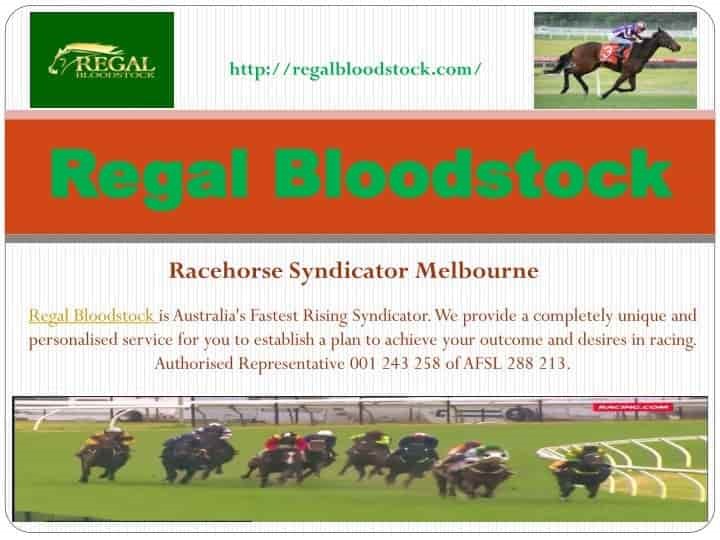
partnership vs. syndication
Don’t confuse partnership with syndication. A partnership involves 2 to 20 people whom register a share in a horse in their name.
All the names of the partners involved appear in the racebook in sequence. The first person is the manager and others manage the administration.
A syndicate, on the other hand, refers to a group of people registered with the authorities. They have their own syndicate name. A syndicate can be 1 person to 20 people.
How to Syndicate A Horse?
Now let’s dig deeper into horse racing syndications. How to syndicate a horse?
Owning a racehorse outright is in most cases extremely expensive. It is beyond the pocket of most Australians. It can also be quite a risky endeavor if you have minimal expertise in this field.
Some racehorses never make it to the track. Many of them fail to earn enough prize money to cover their upkeep expenses.
If you were planning to buy a horse, you would first be better off investing in a small share. In other words, it’s more sensible to buy shares in a racehorse by searching for like-minded people who currently are involved and have shares with the best horse racing syndicates.
The benefits of becoming involved in a Syndicate, is that you become a racehorse owner at a fraction of the cost.
If you purchase a minimum share of 5%, you receive full privileges and entitlements as a solitary owner.
In addition to this, your name goes in the race book, you have free access and owners entitlements and benefits to view your horse on race day.
Professional syndicators have heard of tried and unraced horses. They offer between 5 to 10 percent shares. Your name goes in the racebook and when the race begins, you are entitled to the race owner privileges.
The price of 10 percent may range from $200 to $20,000. The amount varies depending on the cost of the horse and the syndicator.
Typically, racehorse syndication involves Joining a Syndicate. Some syndicators have more racehorse shares for sale. They have broken them into small percentages too. This way, more people can own one horse.
Even if it’s one percent, they are considered an owner. However, if it’s a Winx, the percentage of share available per person will be higher.
Finding the Best Horse Racing Syndicates
This can be at first a little tricky.
Most syndicators would state that they are the best.
Just because they appear the most prominent, do not assume that they are the best to serve you.
Do your due diligence.
Here are some factors which might help you in your quest to find the best horse racing syndications Melbourne, such as:
1. What Sort Of Experience Can You Expect Racing With Them
What quality of racing experience do they offer to their owners?
Is the Syndicator technical and able to provide quality video footage regularly with updates?
You are an owner and as a minimal requirement should be provided an experience as close to your horse as possible.
What forms of communication do they use and how regular are the updates?
Does the Syndicator have a strong alliance with trainer? Is the communication between trainer and Syndicator strong and information flow regular.
Speak to clients currently involved with the Syndicator. This should give you great grounding on what experience you can expect if you decide to join this particular brand.
2. They Back Themselves
Always choose a syndicator whom invests his own money into horse racing shares of the horse he is Syndicating. You can then be assured that the Syndicator races horses to win and likely has had strong success doing so.
3. Check their license
All reputable race horse syndicates operate under an AFSL license. If asked, the Syndicator never hesitates to clarify this fact with a prospective client.
A licensed Syndicator must clearly publish his licence No. on all Advertising and Sales to the public. This includes his website on all pages (normally at the footer)
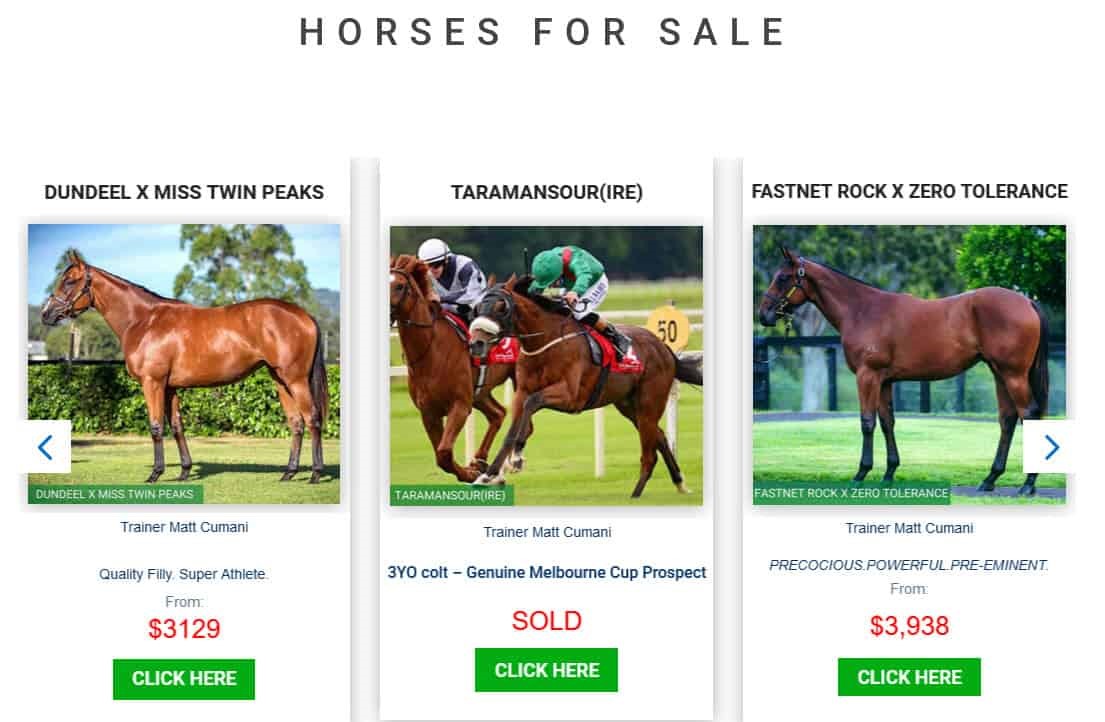
Should I invest in Horse Syndicates?
Investing in a Racehorse share is a highly exciting and exhilarating experience.
It also need not be an extremely expensive investment based on the size of share you are considering.
After the initial outlay, if you purchased a 2.5% share you would be granted a ticket into the world of racehorse ownership for an outlay of approximately $3 a day for upkeep expenses…
However, only invest what you can afford to lose.
The experts state this is the right mindset to gain ultimate pleasure from the Sport.
Owning a share in a racehorse is truly an unforgettable experience.
There is a reason that this is known as ‘The Sport Of Kings.’
It is also a Sport whereby anything is possible!
Many working class lives have been transformed almost instantaneously through acquisition and success of a thoroughbred on the track.
But of course equally there are the misfortunes and lowlights.
This is what makes incredible stories, creates the fever, anticipation and excitement around this great sport.
It is something you can only really understand and experience when you become a participant.
As long as you can afford it, owning a racehorse is a highly worthwhile investment.
Want To Start A Racehorse Syndicate?
If you are planning to buy racehorse shares with your friends and family, first you must determine the number of people interested in joining the horse syndicates. This will help you in working out the initial cost of setting up and then registering the horse syndication.
The cost of owning a horse has risen in recent times. If you have a 5 percent share, budget $50 per week. The trainer or speller will send you bills in arrears.
When the horse is spelling (having a rest from training), it will cost approximately $800 per month. Your 5% shareholding would equate to $40 per month.
If your horse is training, it will cost approximately $3,500 per month. The price might vary based on the number of races and the number of times the horse was taken to the vet and similar other factors. This equates to about $175 per 5% share for the month.
After the purchase, syndicated horses go directly to the trainer. The Trainers will bill each owner / shareholder separately.
5 % and 10 % Shares
5 percent or 10 shares don’t require a racehorse syndication to be formed. You can purchase these shares outright. In addition you will have your name written in the racebook and gain full owner privileges on the day of the race.
The owners of 5 and 10 percent racehorse shares are liable for monthly costs of their share, which is ongoing. In horse racing syndicates, the costs are shared between the syndicate members.
Whether you decide to buy shares or join racehorse syndications Australia depends on your budget and some benefits of course.
If you can afford individual shares, you will experience the benefits of full ownership. You will have also rights for your shareholding of the horse. You solely have control over your shareholding and what you wish to do with it.
Syndications, on the other hand, require votes and agreement for decisions regarding their percentage of ownership. Because of sole ownership, hard decisions are made promptly.
Benefits of Horse Syndication
Syndicate administration is responsible for complete operational and management work. The investor receives comprehensive details and information about the horse, including travel movement, training, etc.
Being in a Syndicate means you only pay a fixed % amount and a weekly maintenance fee. The transactions are deducted from the account of the investor automatically.
Instead of making one large investment in a single horse you can spread your risk by investing small percentage shares in multiple horses.
This offers the experience and opportunity of being involved in a number of horses at the same time for the same cost as a larger share in one horse.
There has been many successful investors that operate this way.
1. Communication
Syndication operators inform the investor all updates and details related to the horse. If requested this can be taken further including education and insights related to the systems utilized to train and prepare the horse for racing.
This may extend further to building closer associations with people in the industry.
On raceday, You will be invited to the track race of your horse with 2 tickets for accompanying one of your guests.
2. Prize Money
Allocation of Prizemoney is as follows. 10 percent goes to the trainer, 5 percent to the Jockey. The remaining 85% is distributed among the owners based on their share in the investment.
3. Selling a share
If at any point, you cannot afford or decide you no longer wish to keep your horse syndications shares, you have the right to sell them at the market price.
You can do that without involving the syndicate. However, you are responsible to notify the syndication about the transfer of ownership so that they can make necessary arrangements and prepare transfer paperwork.
Most horse syndications Australia require the investor to comply with certain rules and regulations for the transfer of share ownership.
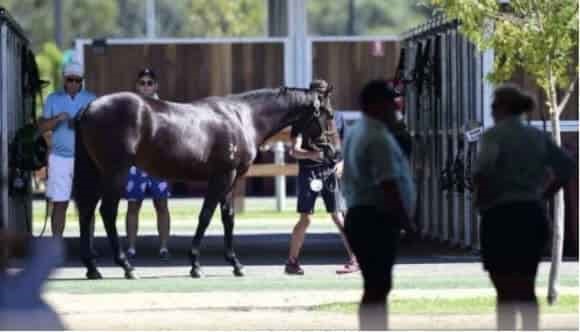
Risks in Horse Racing Syndications
It’s important to know the risks involved in syndicates.
It is wise to ensure that your shareholding is insured. If you are unsure whether your shareholding is insured, speak to your syndicator.
Racehorses can get injured.
This can happen at home or the race track.
Sometimes, the injury can be fatal.
Keep informed and at all times be prepared.
This way you will ensure to intimately enjoy the experience of being a participant in the Sport Of Kings.
RACEHORSES FOR SALE
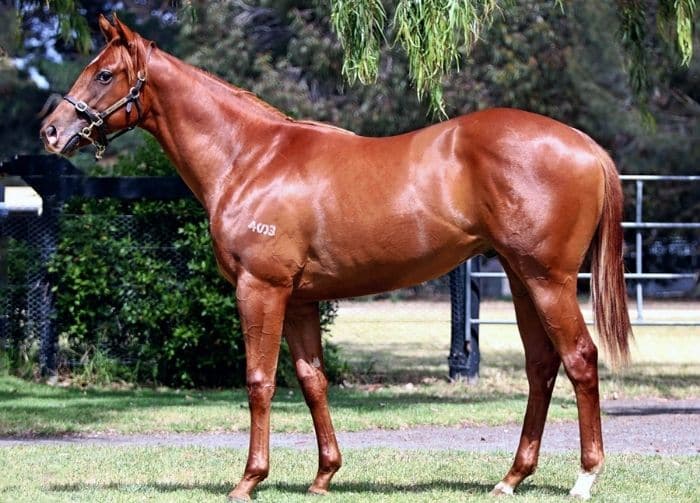
Deep field x it's a myth
Trainer Phillip Stokes
Quality Colt. Super Pedigree
Purchased : $225,000
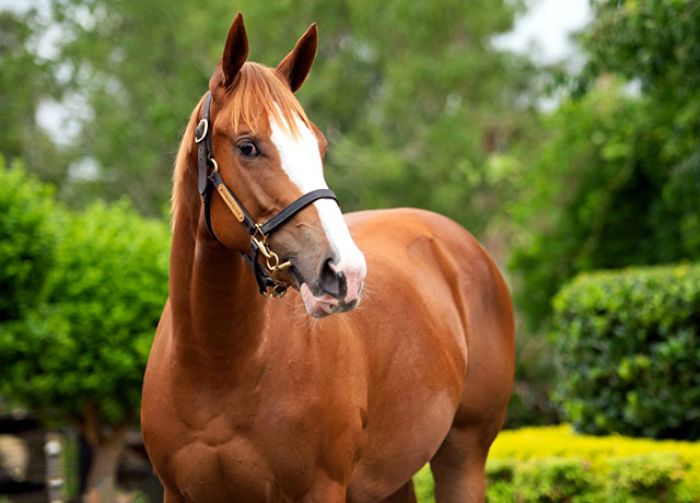
Written Tycoon x Quiet Kitten
Trainer John McArdle
Tier 1 Filly. Proven International Pedigree
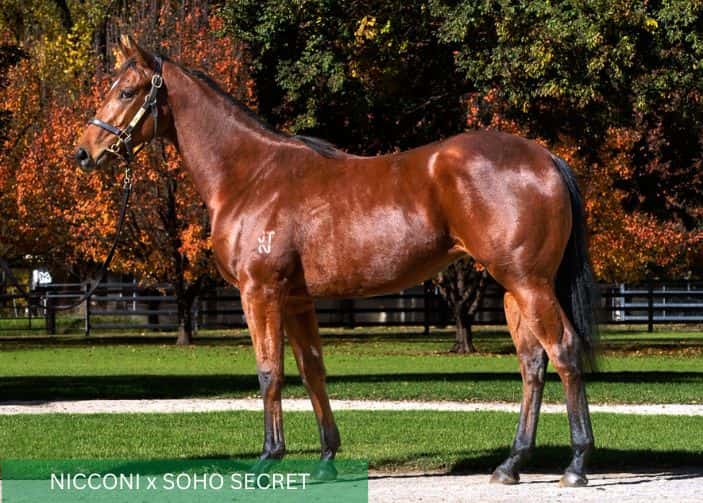
NICCONI X SOHO SECRET
Trainer Phil Stokes
Stunning Filly. Half to GP1 Winner Vanbrugh

